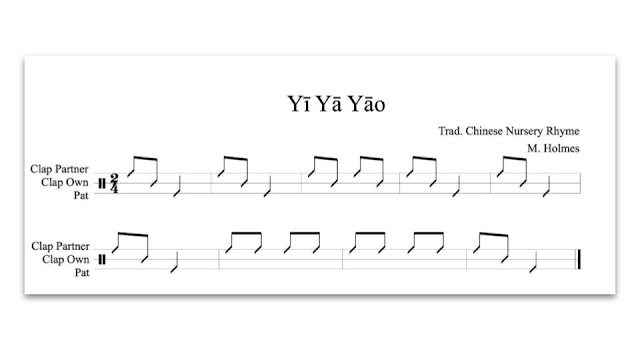The Chinese Folk Song Project is a collection of popular Chinese children's songs, nursery rhymes, games, and folk songs formatted for English speakers. It is intended to be a resource for English-speaking music teachers to teach their students Chinese songs in a culturally responsive way. This project is made possible with the support of the Confucius Institute in Edmonton, Canada.
The songs often have a video, have audio files with pronunciation guide and a recording of song being sung, as well as and is presented with Pinyin, English, and Chinese text as well as Western music notation.
I follow the wonderful Moriah of holmessweetmusichome on instagram and she recently shared the song
Yī Yā Yāo (Rowing Song). This is a traditional Chinese nursery rhyme, the melody added by Xu Hong Shuai. Click here to see additional information on the Rowing Song from the Chinese Folk Song Project.
Moriah paired the song with the book, How to Catch a Dragon by Adam Wallace, illustrated by Andy Elkerton.
Use this song to work on home tone or low do, or decode this on barred instruments. Students could also create ostinati or their own clapping patterns to accompany the song.
Enjoy!












